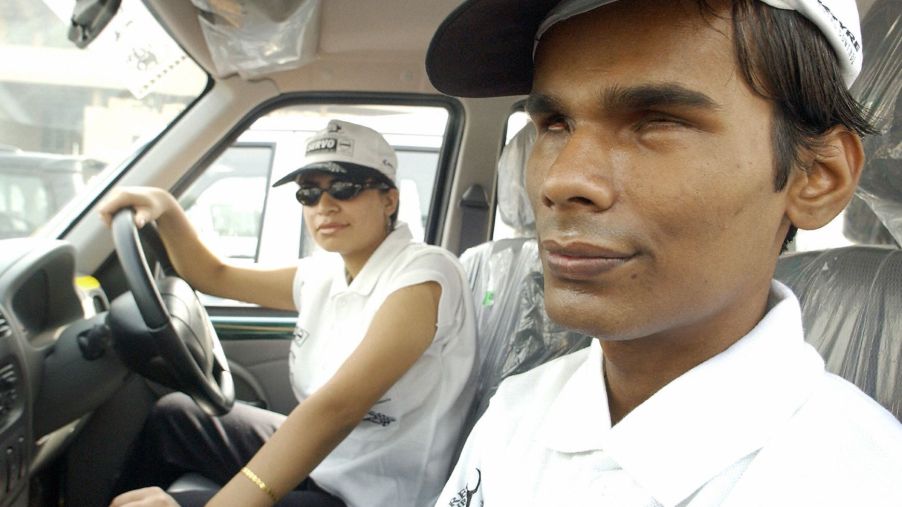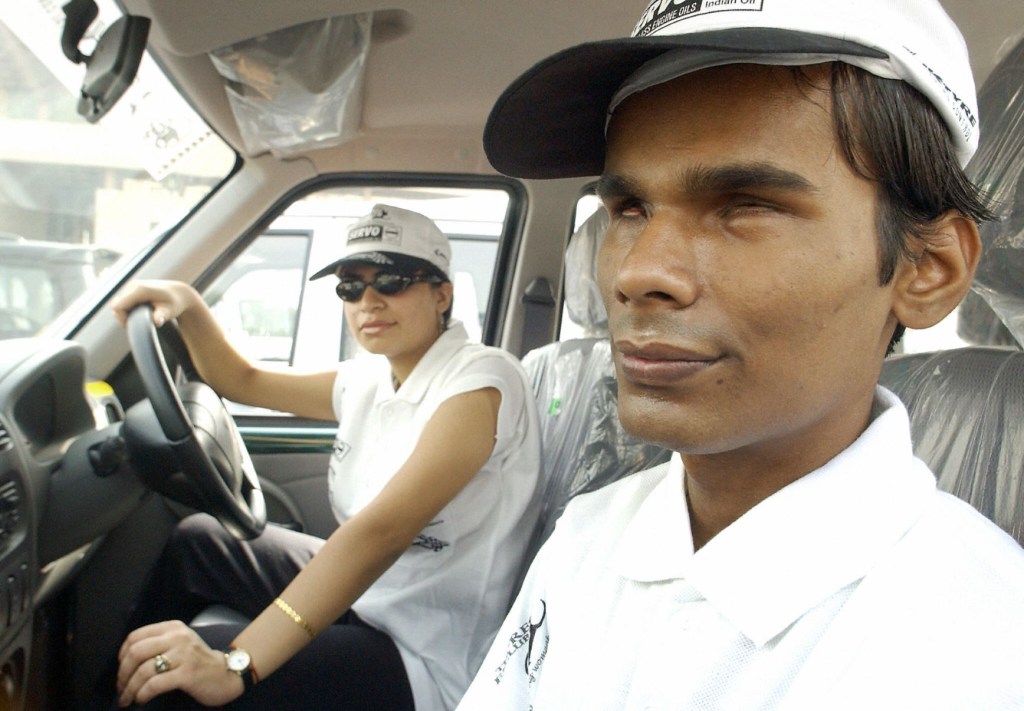
Self-Driving Cars for Blind and Visually Impaired People Could Radically Increase Their Independence
Advances in self-driving technology for cars have major ramifications for people with disabilities. As detailed in my earlier article, “Can Blind and Visually Impaired People Legally Drive a Car?,” I have a soft spot for blind and visually impaired people. I worked with blind and visually impaired children at a camp in California and in several countries around the world. Now that I write for an automotive publication, I look at the advancements in self-driving car technology with a great deal of optimism. Self-driving cars for blind and visually impaired people could radically increase their freedom and independence.
Driving assistance technology for blind and visually impaired drivers

In many ways, blind and visually impaired people have already benefited from advancements in autonomous vehicle technology. As I noted in my earlier article, some blind and visually people can drive in certain circumstances. With all of the recent technological advancements, the ability of people with eye disorders to drive has greatly increased.
Specifically, most new cars offer a suite of driving assistance technologies. Examples include lane departure warning, lane departure alert, a pre-collision system, pedestrian and bicycle detection, parking assist, automatic high beams, road sign assist, a rearview camera, cross-traffic warning, and much more. These driving assistance technologies are a helpful aid to blind and visually impaired drivers.
How self-driving cars will improve the lives of blind and visually impaired people
Both self-driving cars and semi-autonomous vehicles have the potential to improve the lives of blind and visually impaired people in many ways. States have flexible legal requirements for blind and visually impaired drivers, especially if using a driving aid. As cars become more autonomous, more visually impaired and blind people will legally be able to drive.
In the case of fully self-driving cars, nearly all blind and visually impaired people will have a level of freedom and independence that was once unthinkable. Instead of relying on other people to help transport them around, many blind and visually impaired individuals will have the freedom to travel as they please. The resulting possibilities of this increased independence are endless.
Modify self-driving cars for blind and visually impaired riders
Many automakers have projects to develop self-driving cars, with the “assumption that passengers will have full sight abilities,” as detailed by News@Noreastern. However, for blind and visually impaired people to benefit more from self-driving cars, modifications will need to be made.
For example, commands for self-driving cars will likely be inputted via a touchscreen interface. This could be problematic for blind and visually impaired people, as they may have difficulty finding the controls. Voice assistant technology is a standard feature for many new cars. This technology could be further developed for blind or visually impaired people in self-driving cars.
Fortunately, researchers are already addressing the need to make modifications to self-driving cars for blind and visually impaired people. This includes a collaborative research project with Northeastern University, Roux Institute, and the University of Maine. Another collaboration includes Lyft, Aptiv, and the National Federation of the Blind. Also, the Lyft app and LightHouse for the Blind and Visually Impaired created Braille guides and Braille maps for blind and visually impaired riders of self-driving cars.
This article was updated on 7/24/2022.


